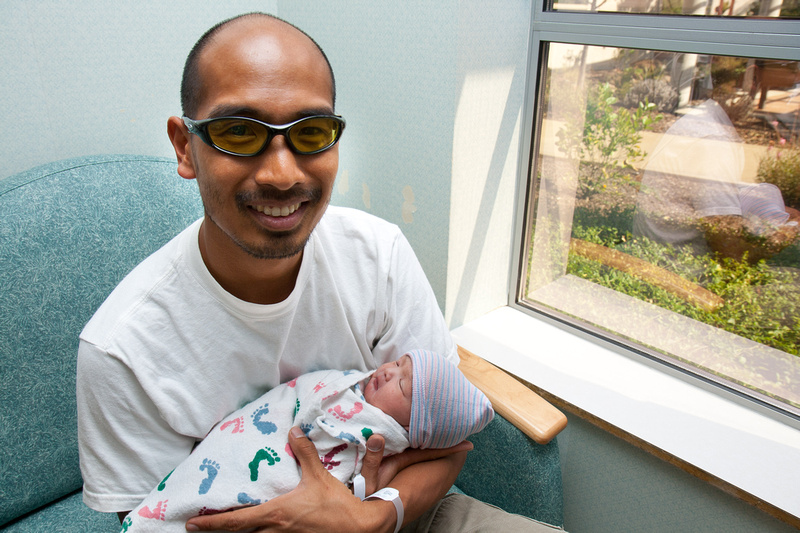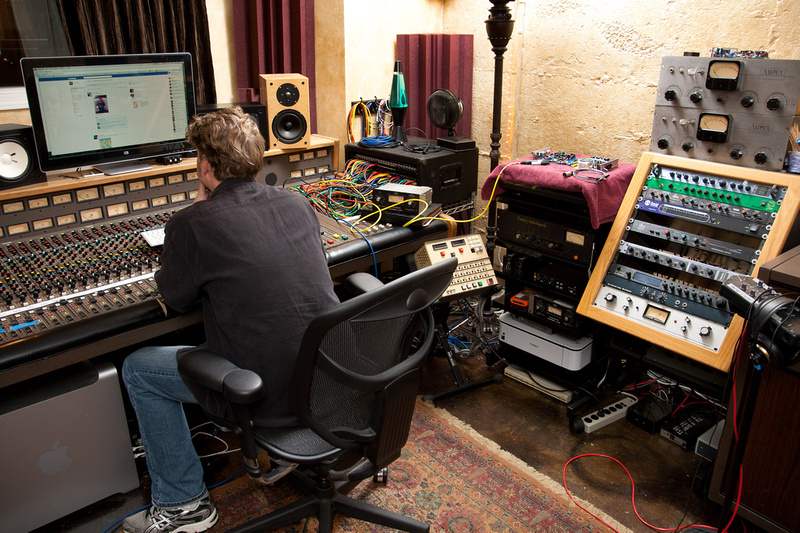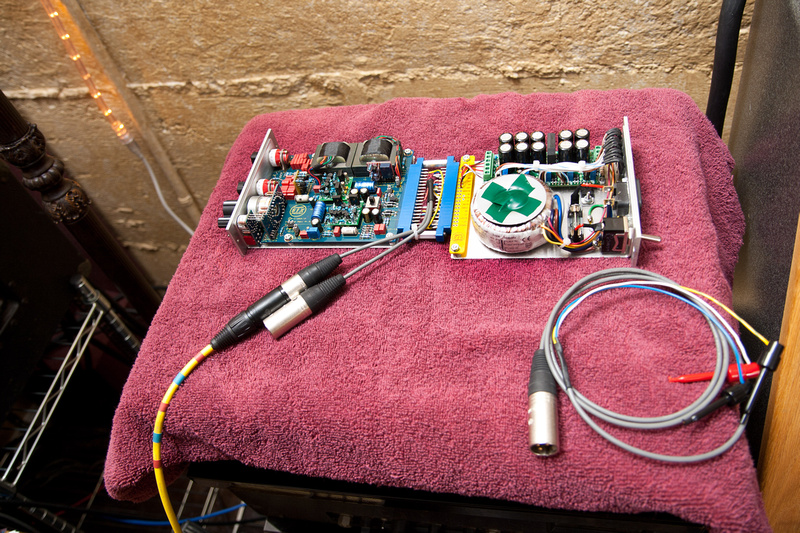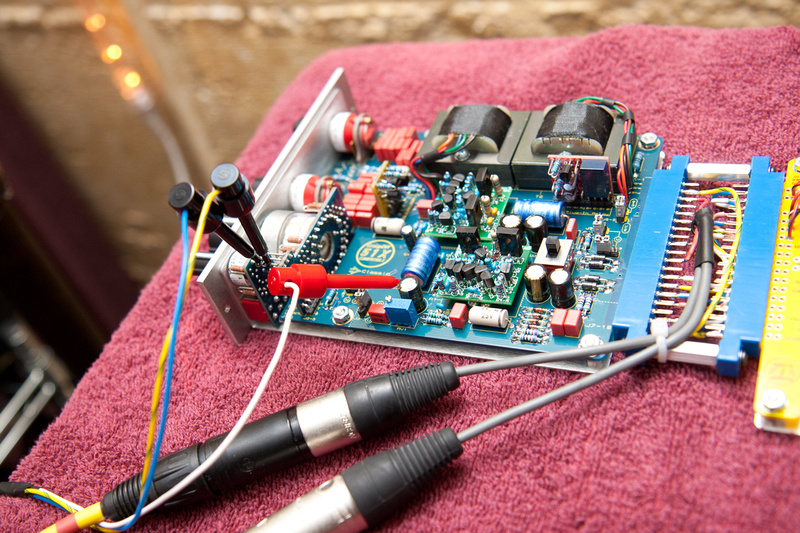Next, I need to figure out how to get this unit powered up and input/output functioning outside of the rack for calibration. There are many ways to do this, so I thought about it for a while. This is probably something I will need to do with other future modules, so some good tools would help.
First, I thought about just creating a 51X card that is merely a pass-through "umbilical" connector.
Then, I thought about utilizing a little 51X "plug-in" power supply I had rigged up with a JLM powerstation prior to the official powers supply kit being available in the United States.
Luckily, I had purchased some DIY supplies and spare parts to have in my bin for situations like this, and came up with something I thought might do the job more elegantly.
My initial thought was to jumper straight across for an easy build, but then, I realized the modules would have to be inverted from each other to work, and the handling may become awkward.
So, I abandoned that idea and decided to wire the adapter so the modules could both orient face up which basically means connecting all wires to the opposite end.
And, this is what I ended up with. . . powersupply goes on the right side, and the VC528 goes on the left side w/ the main input and output connectors spliced in for easy connection.
And, all hooked up. . .
This is looking like it might work for when I bring this into the studio to calibrate. One more small item remained, and that is an XLR cable with test clips on one end to clip onto specific leads on the PCB. Again, digging in my parts bin, I come up with this.
Now, I am really ready to get these VC528's dialed in, and hopefully have some simple tools that I can re-use for calibration and testing on other modules I assemble.






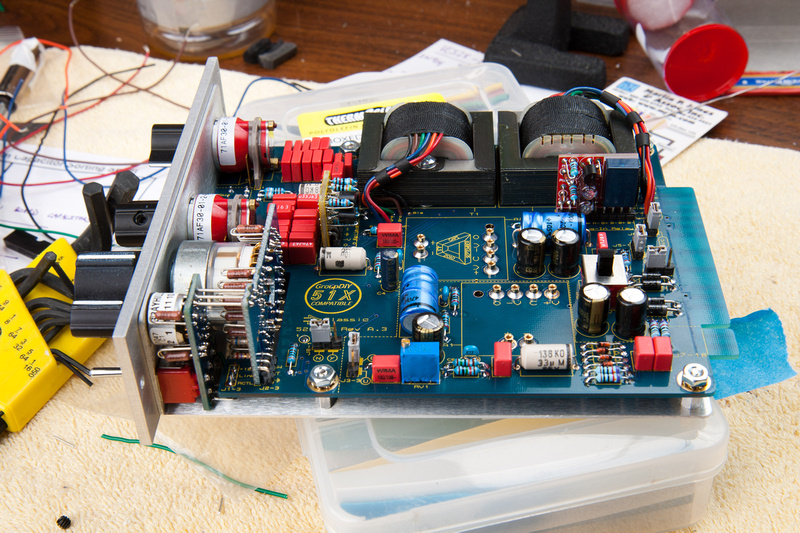
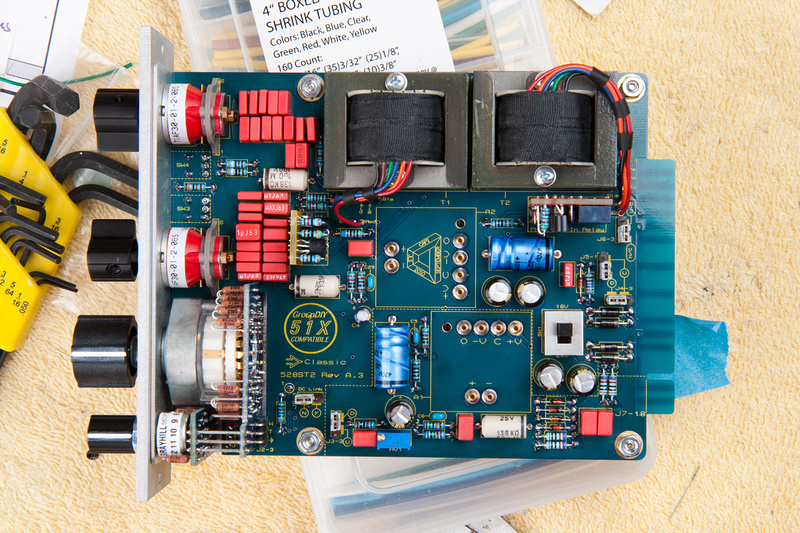
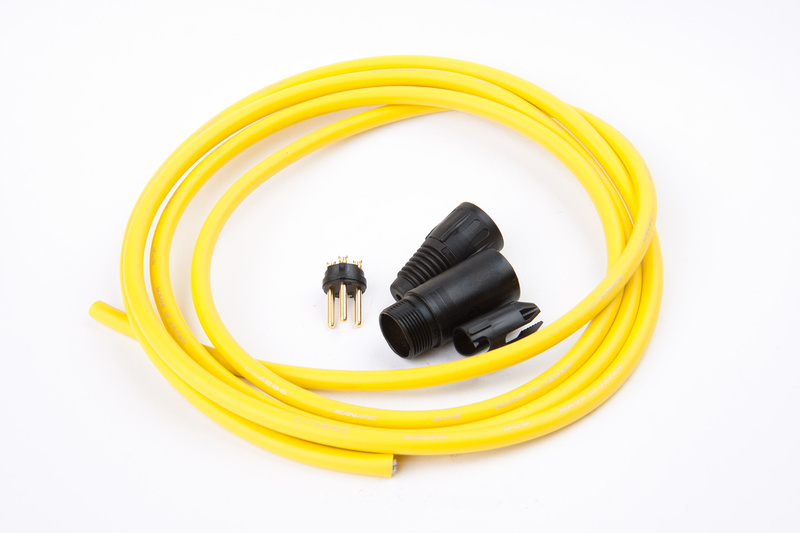
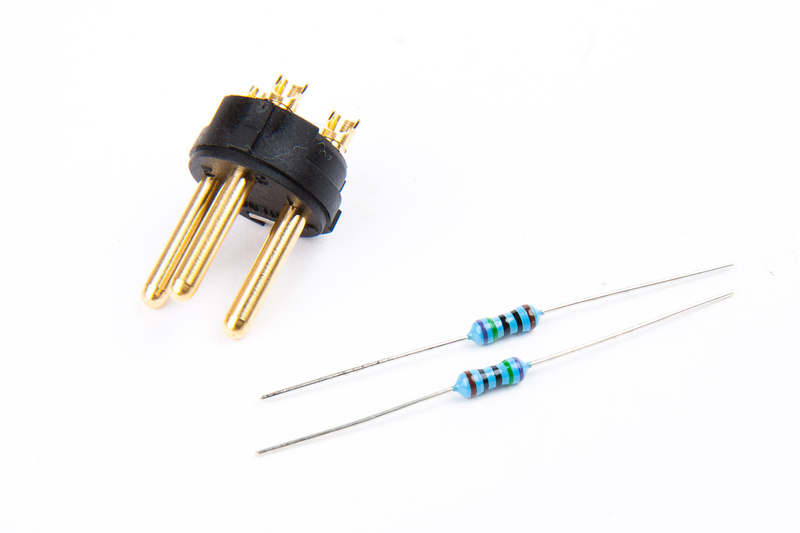
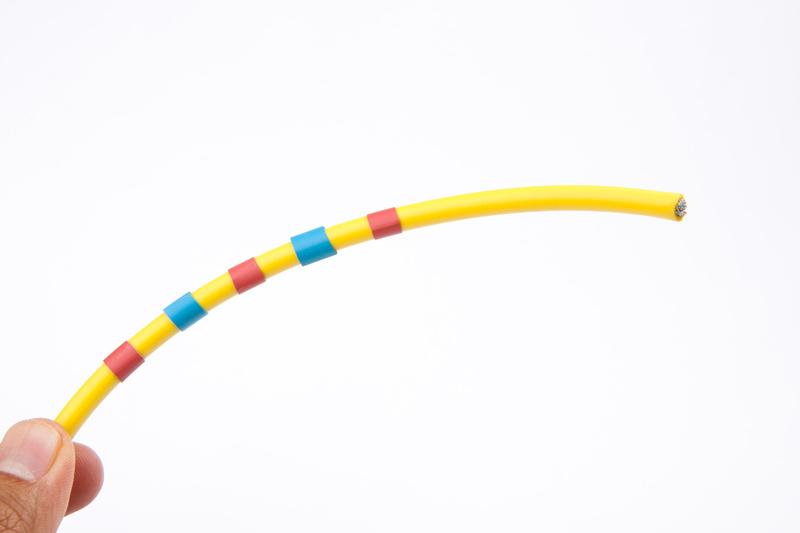
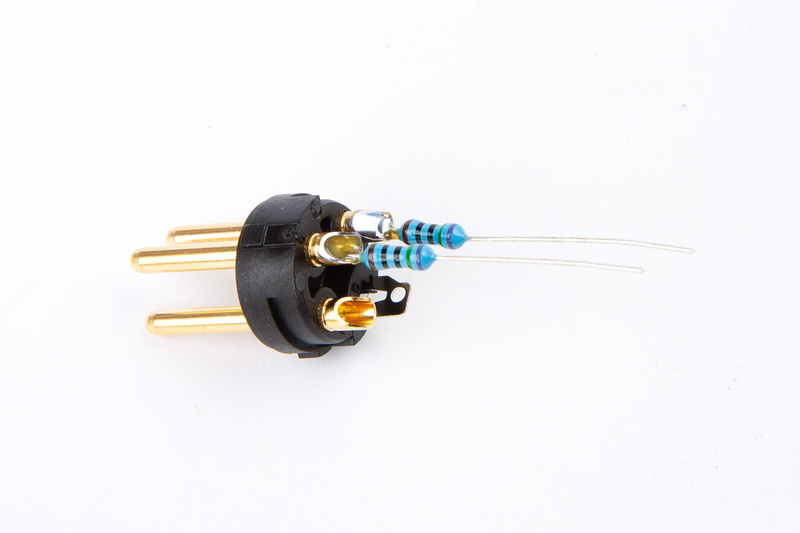
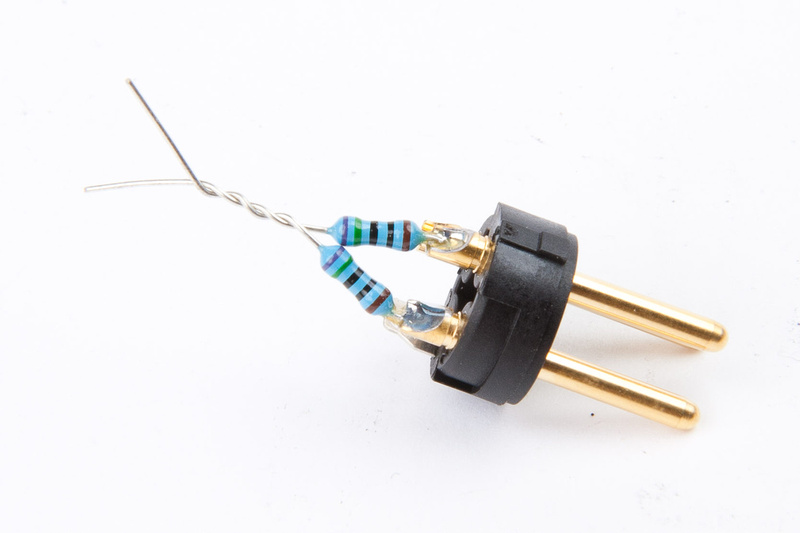
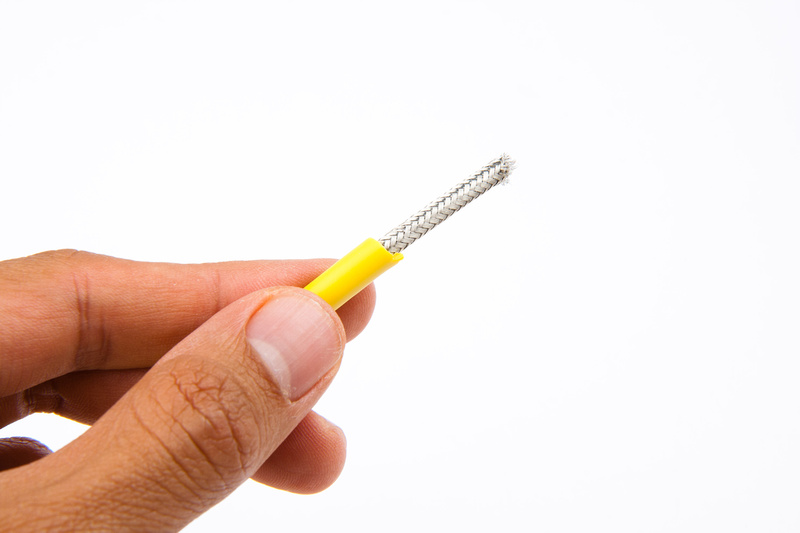
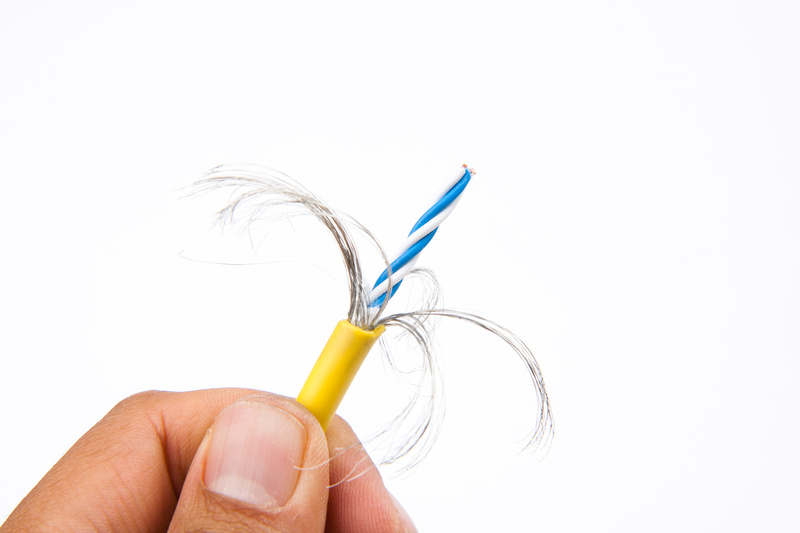
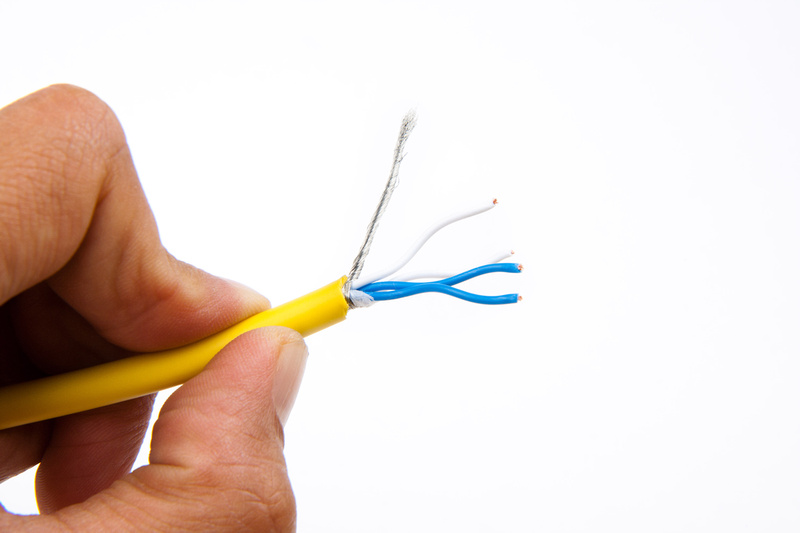
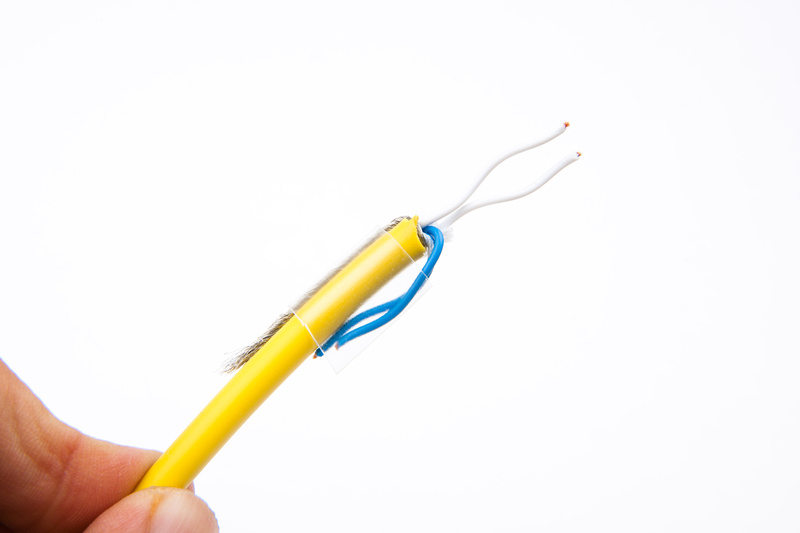
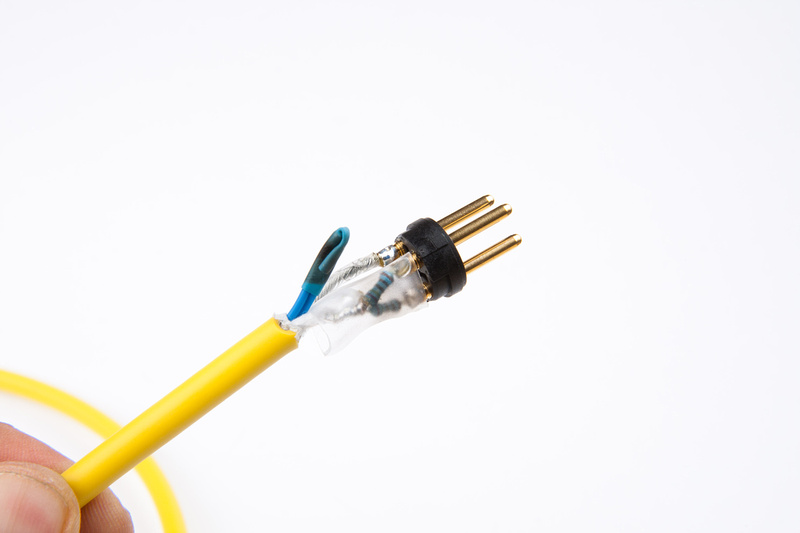
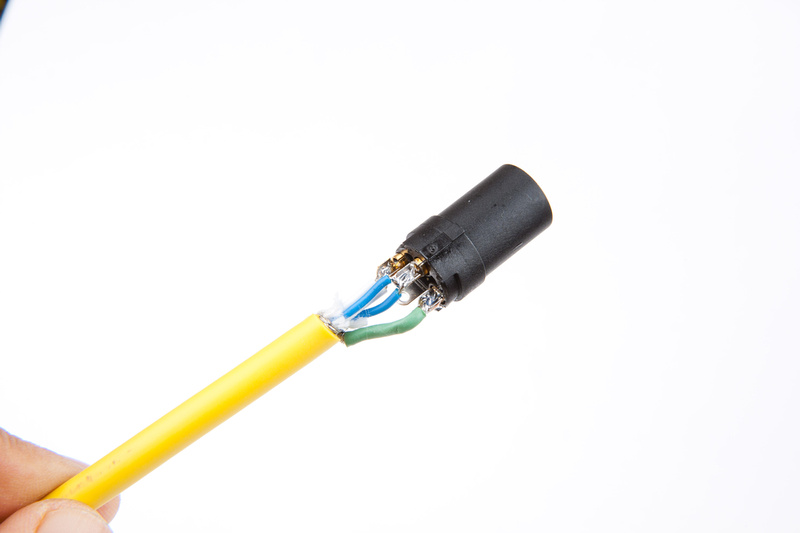
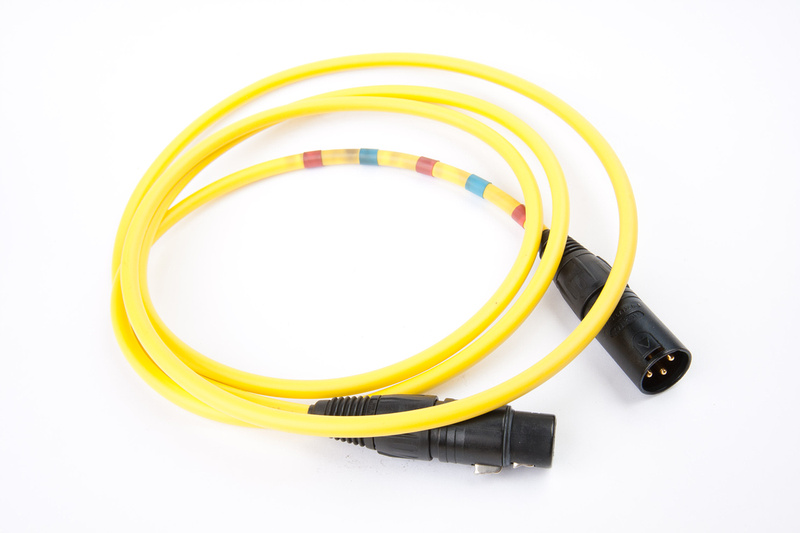
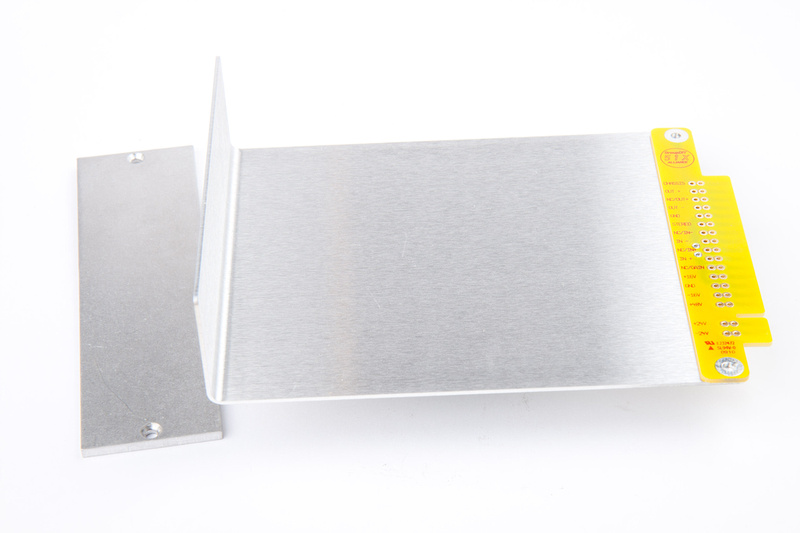
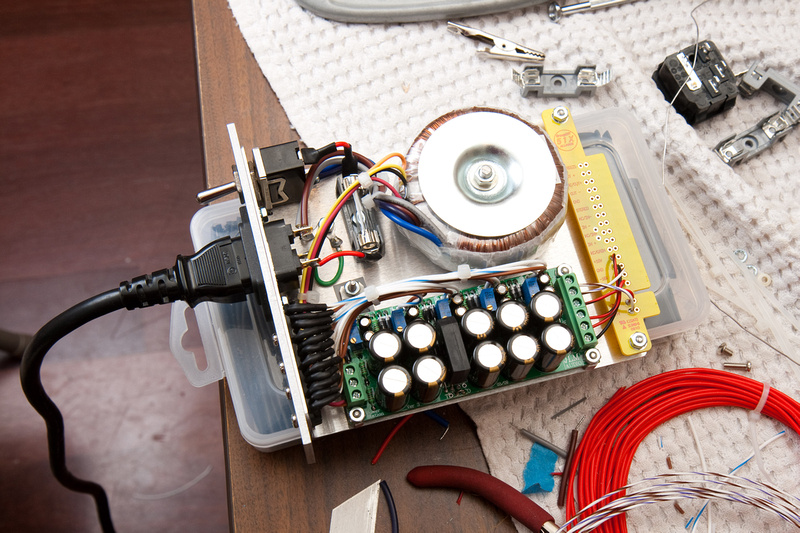
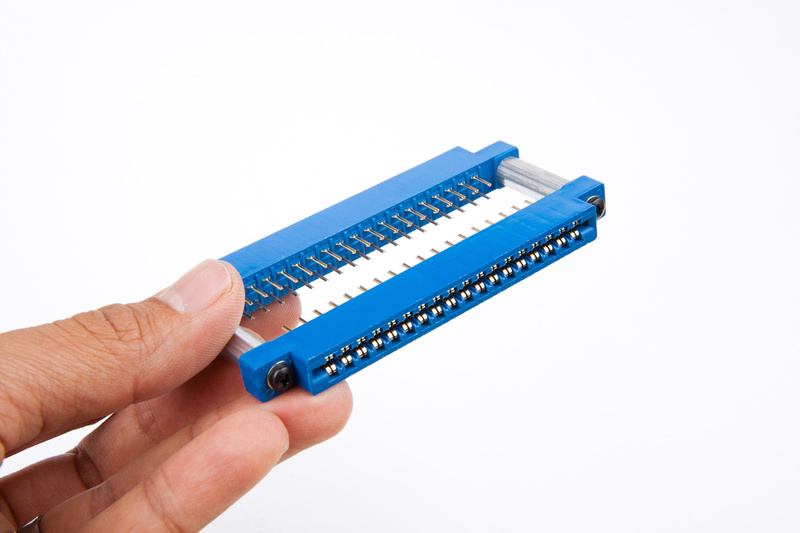
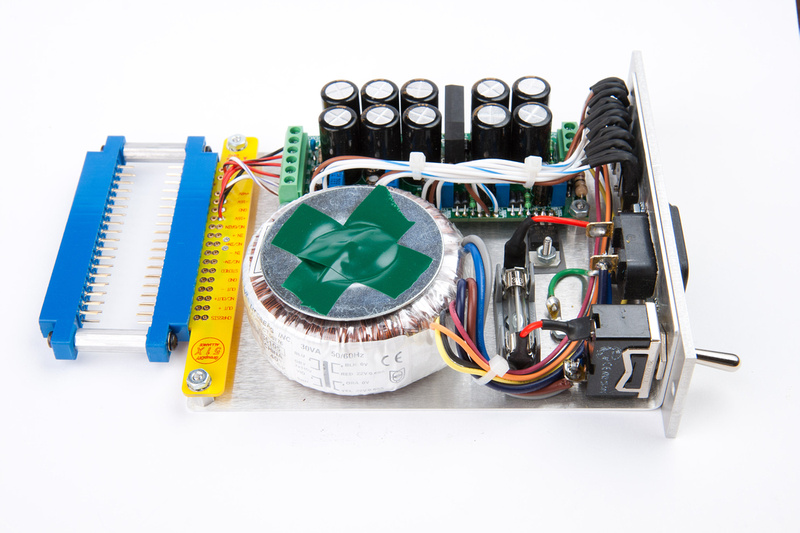
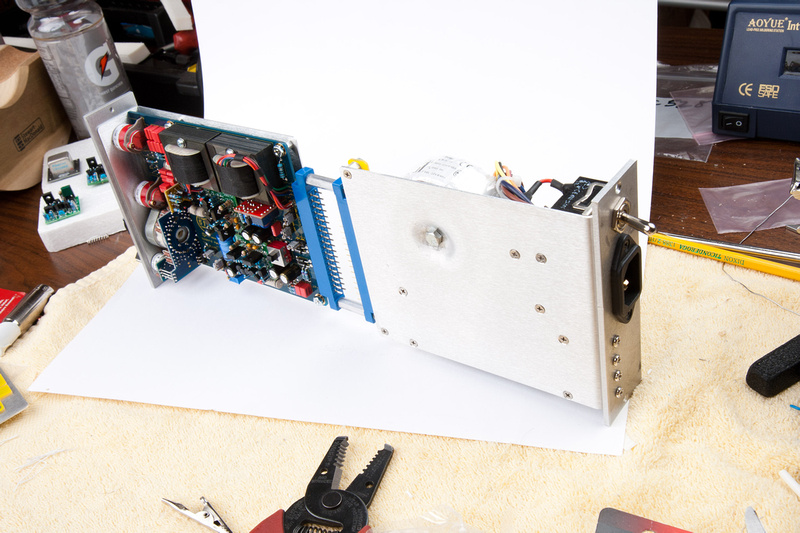
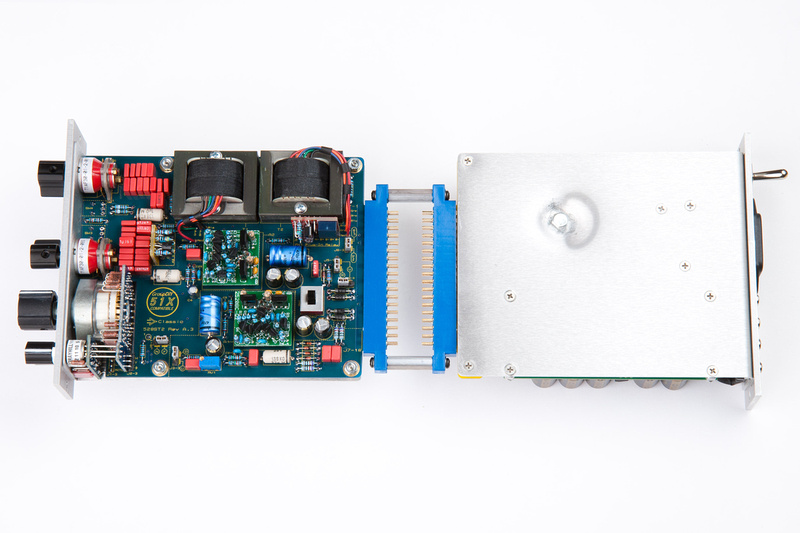
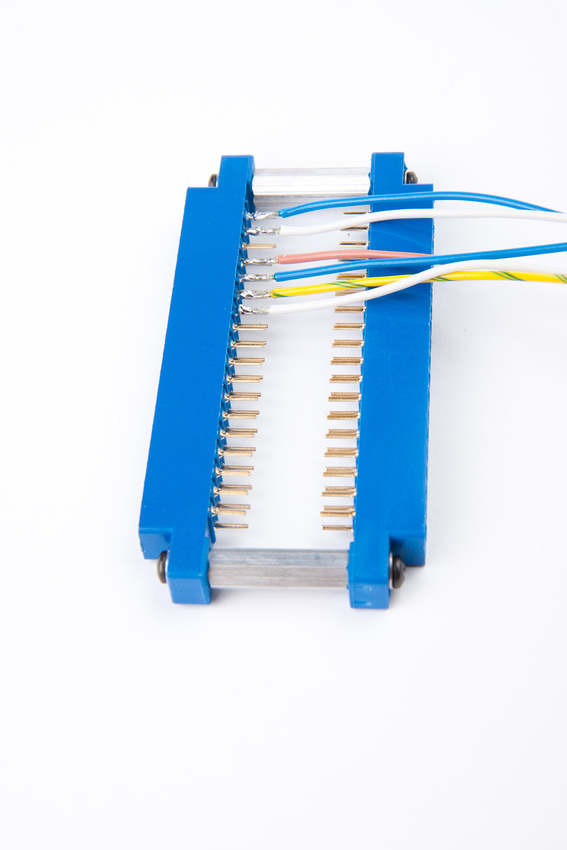
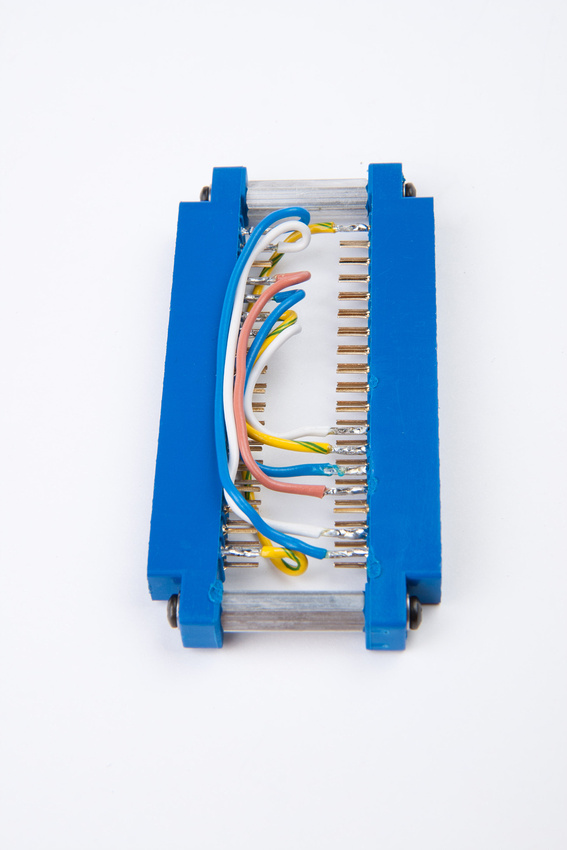
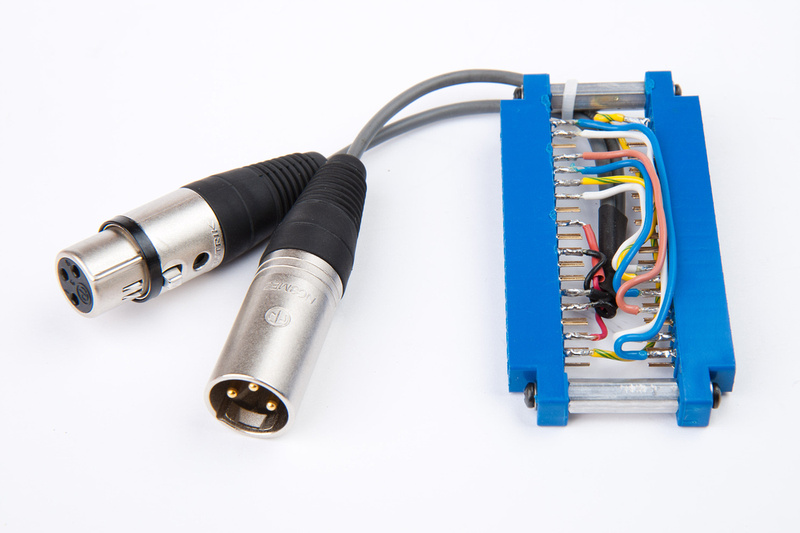
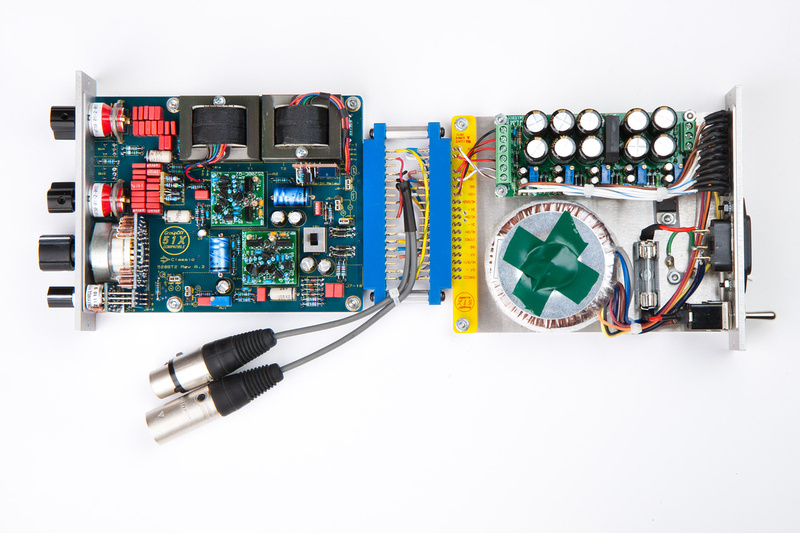
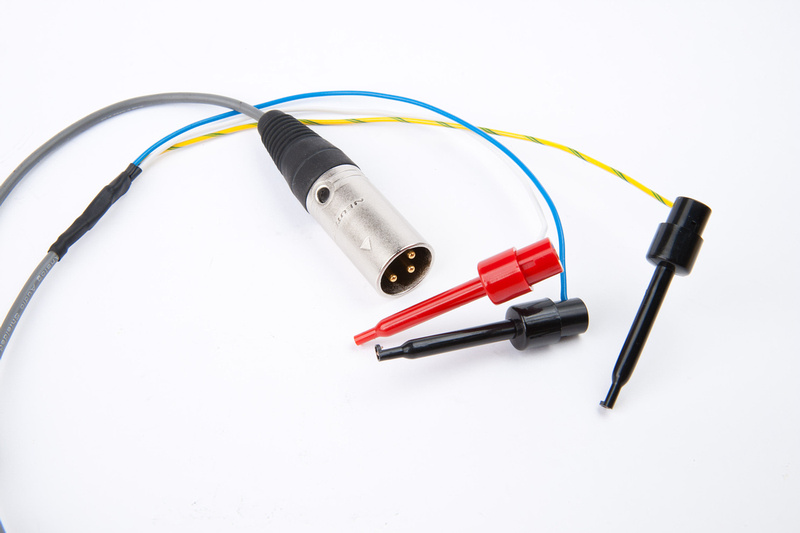






![Soldering Iron Kit, 120W LED Digital Advanced Solder Iron Soldering Gun kit, 110V Welding Tools, Smart Temperature Control [356℉-932℉], Extra 5pcs Tips, Auto Sleep, Temp Calibration, Orange](https://m.media-amazon.com/images/I/51sFKu9SdeL._SL500_.jpg)























